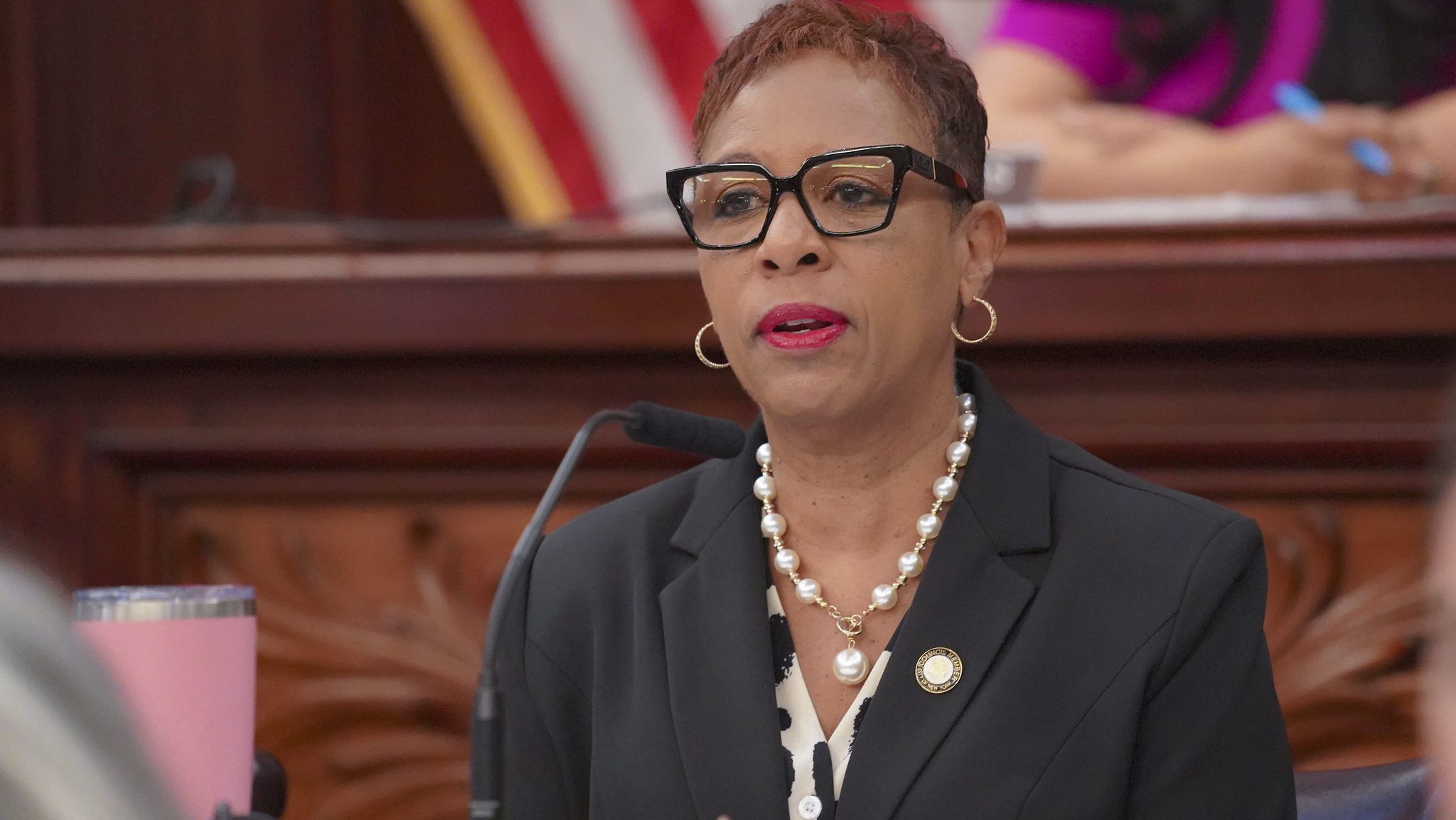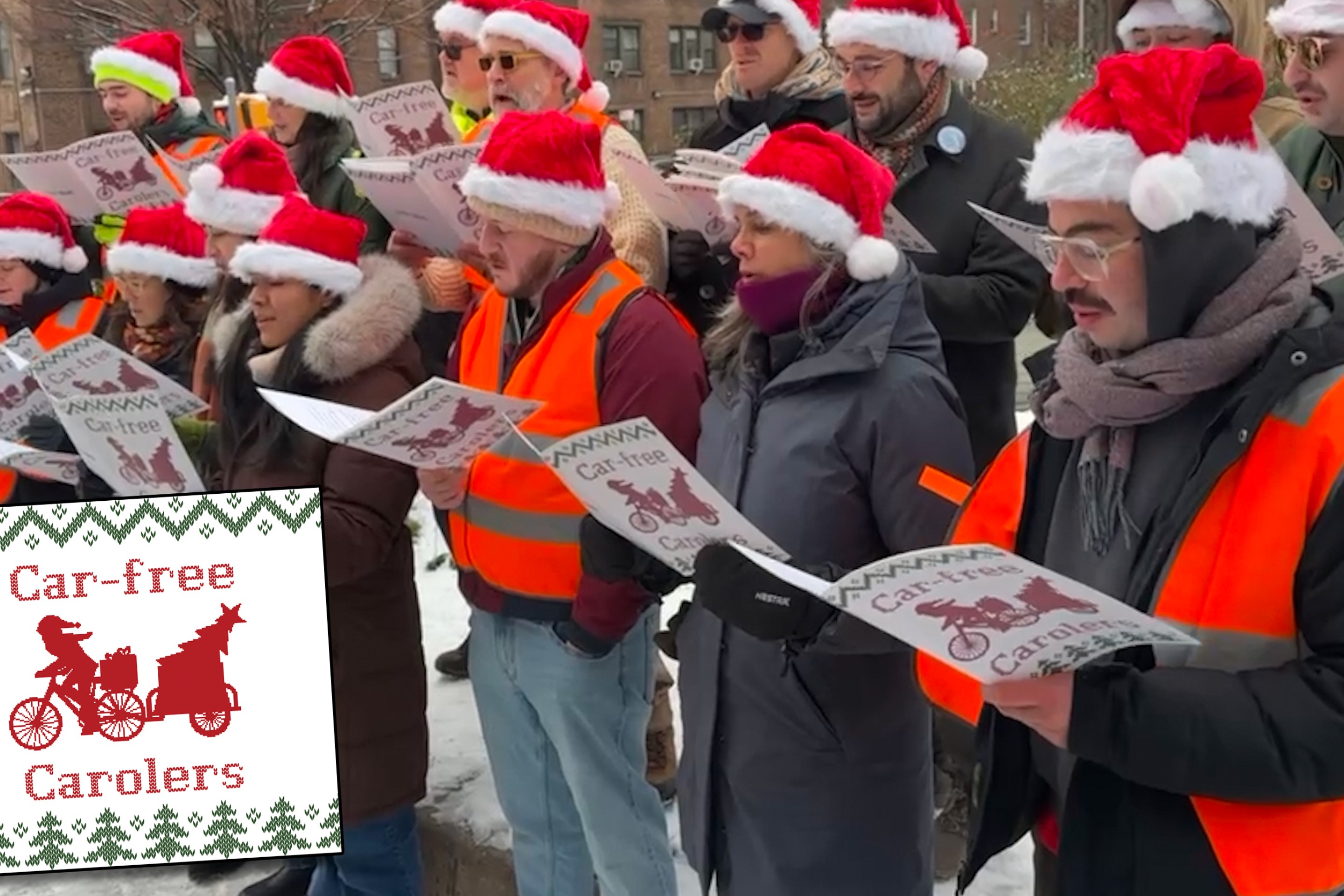
COMMUTE's proposals for BRT routes in the five boroughs, shown next to DOT's current plan. View an enlarged version.
As part of its "Sustainability Watch" series this week, Gotham Gazette ran a great piece on Bus Rapid Transit by Joan Byron of the Pratt Center for Community Development. Byron is one of the organizers at COMMUTE (Communities United for Transportation Equity), a coalition of community groups that has advocated for congestion pricing and BRT as means to address inequities in transit access. Now that pricing is on hold at best, Byron argues that there's even more reason to allocate funds to a cost-effective BRT network:
With both the one-time shot of federal funding and the projected $500million per year in net revenues from congestion pricing off the tablefor the moment, BRT may be more important than ever. The MTA CapitalPlan has, in words of Straphangers Campaignspokesman Gene Russianoff, "more hole than plan," with less than $12billion of a five-year, $29 billion shopping list accounted for. As therail and subway projects envisioned in that plan recede into thefuture, BRT makes more sense than ever. It will not prevent us frombuilding light rail or subways in the future, but for now it makesintelligent use of the infrastructure we already have -- our streets.
After applauding the roll-out of Select Bus Service in the Bronx, Byron suggests a few ways BRT plans can be pushed further:
The pilot program confined each route to its respective borough, sothat the Rogers Avenue/Nostrand Avenue route in Brooklyn would serve adense and underserved slice of East Flatbush, Crown Heights andBushwick - but then dump passengers at Williamsburg Bridge plaza,presumably to elbow their way onto already full J, M and Z trains toget into Manhattan. Since the transportation department is alreadyplanning to put a dedicated bus lane on the Williamsburg Bridge, itwould be logical to connect the Brooklyn BRT route to the also-plannedFirst/Second Avenue BRT.
And, if you want another reason to run Sheldon Silver out of Albany, here it is:
Though dedicating lanes to buses presents a political challenge, BRTcomplements plans to reduce car use by making more efficient use ofstreet space. There are a number of ways to ensure that the lanes areused by buses and buses alone. The lanes can be physically protected,but license plate cameras on the buses themselves are a more elegantsolution -- letting the buses themselves nab the drivers who infringeon their space. However, enforcement cameras face an uncertain fate inthe state legislature, where Assembly Speaker Sheldon Silver has thusfar resisted pressure to authorize additional red-light cameras in thecity.





